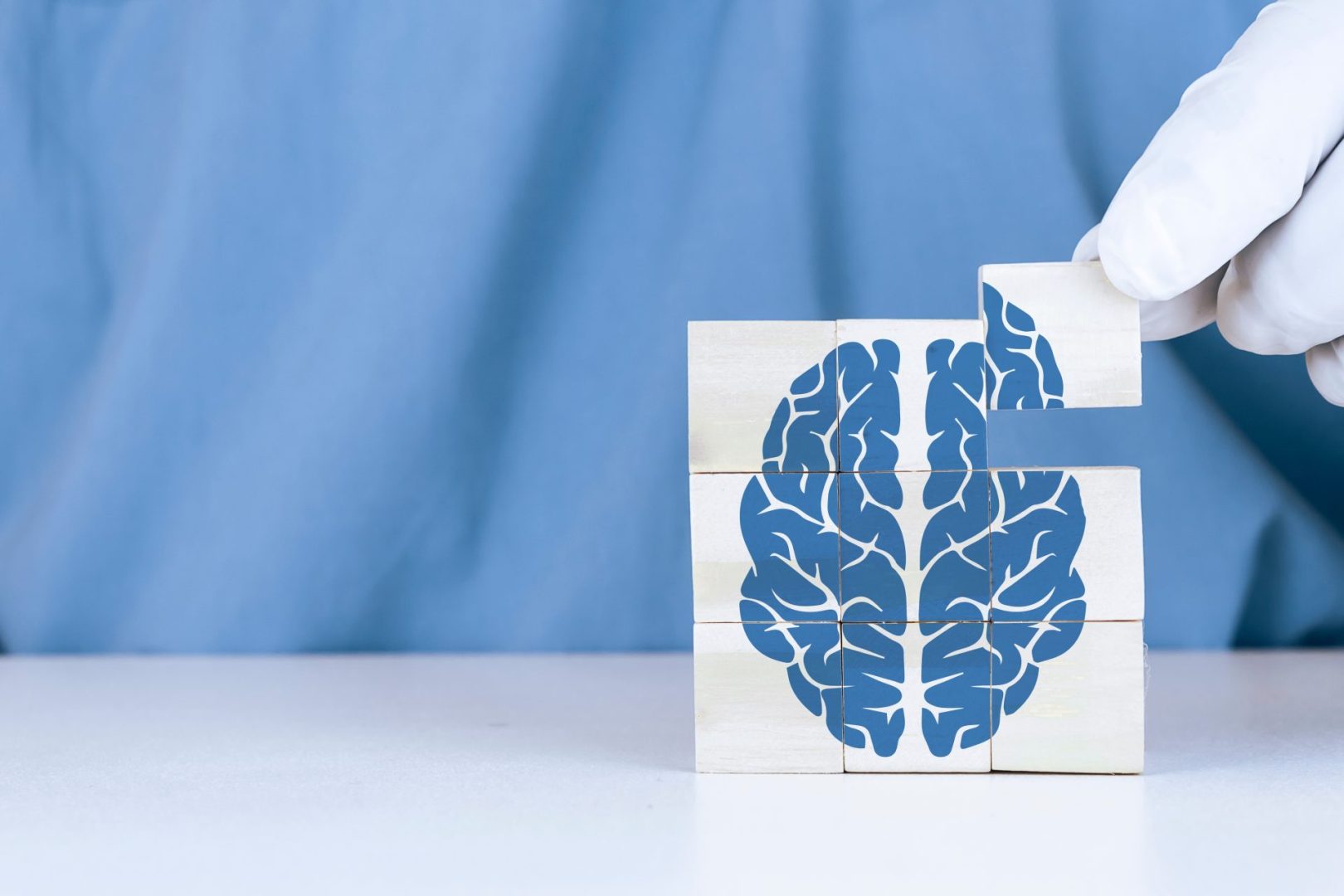The connection between physical movement and brain function has emerged as one of neuroscience’s most significant discoveries. The human brain, despite representing only 2% of body weight, consumes nearly 20% of total energy and requires consistent physical activity to maintain optimal function. Beyond simply promoting blood flow, specific exercises create measurable changes in brain structure, neurotransmitter production, and cognitive performance.
Leading neurologists have identified particular movements that offer exceptional benefits for brain health across the lifespan. These exercises influence multiple mechanisms that support cognitive function, including increased brain-derived neurotrophic factor (BDNF) production, enhanced neuroplasticity, improved vascular function, reduced neuroinflammation, and optimization of stress hormone regulation.
Unlike generalized fitness recommendations, these neurologist-recommended exercises target specific aspects of brain function through distinct movement patterns. When incorporated consistently into weekly routines, these five exercises create noticeable improvements in memory, focus, processing speed, and emotional regulation.
Interval walking enhances executive function
The first exercise neurologists recommend involves alternating between periods of brisk walking and moderate recovery pacing. This interval walking pattern particularly benefits the prefrontal cortex—the brain region responsible for executive function, decision-making, and attention regulation.
Interval walking creates several distinct neurological advantages:
- The varying intensity optimizes blood flow dynamics in cerebral vessels
- The challenge of pace transitions engages multiple brain regions simultaneously
- The rhythmic motion activates the cerebellum, which has extensive connections to cognitive areas
- The outdoor setting typically provides sensory enrichment that activates additional neural networks
- The accessibility ensures consistent practice compared to more demanding exercises
Research tracking brain activity during interval walking shows increased connectivity between the hippocampus and prefrontal cortex—regions critical for memory formation and executive function. The variable intensity also triggers more significant BDNF release than steady-state walking at either pace alone.
A neurologist-recommended protocol involves 30-40 minute sessions with 3-minute intervals of brisk walking alternated with 2-minute recovery periods at a comfortable pace. This specific timing maximizes cognitive benefits while minimizing excessive stress hormone production that might counteract brain health gains.
Individuals with joint concerns can achieve similar benefits through interval patterns on recumbent bicycles, elliptical machines, or in swimming pools. The key element remains the rhythmic alternation between higher and lower intensities rather than the specific movement pattern itself.
Complex coordination movements sharpen neural connections
The second exercise involves movements requiring cross-body coordination, rhythm maintenance, and sequential patterns. Examples include dance classes, tai chi, martial arts forms, or specialized neuromotor training programs. These activities particularly benefit the corpus callosum—the brain structure connecting the left and right hemispheres—and the basal ganglia circuits involved in movement sequencing.
These complex coordination exercises create unique neurological effects:
- They establish new neural pathways between brain hemispheres
- They engage multiple sensory processing systems simultaneously
- They challenge working memory through sequence retention
- They develop timing circuits critical for cognitive processing speed
- They incorporate social interaction when performed in class settings, activating reward pathways
Neuroimaging studies reveal that individuals who regularly practice complex coordination movements maintain greater white matter integrity in aging—a critical factor in maintaining cognitive function throughout life. These exercises also demonstrate transfer effects to non-practiced cognitive tasks, suggesting fundamental enhancement of underlying neural mechanisms.
Neurologists typically recommend two 45-minute sessions weekly, with progressive increases in movement complexity as mastery develops. This progression ensures continuous neural challenge rather than allowing automaticity to reduce cognitive engagement. Even simple patterns produce benefits, making these exercises accessible regardless of baseline coordination abilities.
For individuals with mobility limitations, seated versions of dance movements, tai chi, or coordination patterns offer modified benefits. The essential element remains the integration of rhythm, sequencing, and cross-body coordination rather than the specific standing or traveling movements.
Resistance training builds cognitive resilience
The third exercise involves progressive resistance training focusing on multi-joint movements. While traditionally associated with muscular development, research now demonstrates that resistance training significantly impacts brain structure and function through unique mechanisms distinct from cardiovascular exercise.
Resistance training creates several neurological advantages:
- It increases insulin-like growth factor 1, which supports hippocampal function
- It optimizes glucose metabolism in brain tissue
- It reduces inflammatory markers associated with cognitive decline
- It improves blood vessel health throughout the brain
- It enhances mitochondrial function in neurons
Neurological research demonstrates that consistent resistance training correlates with increased gray matter volume in the prefrontal cortex and reduced white matter lesions—both crucial factors in maintaining cognitive function with age. The exercise particularly benefits areas involved in executive function and memory consolidation.
The neurologist-recommended protocol involves 8-10 compound exercises performed twice weekly at moderate intensity (70-80% of maximum capacity). Focusing on major muscle groups through movements like squats, rows, presses, and hinges provides optimal neural benefits while minimizing injury risk. The emphasis remains on proper form and progressive intensity rather than maximum loading.
For those new to resistance training, body weight exercises or resistance bands offer accessible starting points with similar neural benefits. The key factor involves creating appropriate resistance that challenges muscles without compromising form or safety.
Balance challenges strengthen neural networks
The fourth exercise involves progressively difficult balance challenges that engage the vestibular system and its extensive connections throughout the brain. These exercises range from simple single-leg stances to complex movements performed on unstable surfaces or with visual deprivation.
Balance training creates distinct neurological benefits:
- It activates the cerebellum, which has extensive connections to cognitive regions
- It strengthens vestibular processing, which supports spatial memory
- It engages proprioceptive systems that maintain brain maps of body position
- It develops predictive neural models that enhance overall processing efficiency
- It creates cross-talk between sensory integration areas and executive function regions
Research tracking brain activity during balance challenges reveals activation patterns extending far beyond motor control areas into regions responsible for attention, spatial processing, and executive function. Regular balance training correlates with improved cognitive flexibility and reduced cognitive decline risk.
Neurologists typically recommend daily practice of 5-10 minutes of progressive balance challenges. Beginning with simple exercises like standing on one leg, individuals can advance to more complex challenges involving head movements, closed eyes, unstable surfaces, or dynamic movements while balancing.
For those with significant balance concerns, performing exercises near support structures or using assistance devices still provides substantial benefits. The critical element involves creating appropriate challenge levels that engage neural systems without creating fall risks.
Neurobic novelty creates cognitive flexibility
The fifth exercise involves “neurobic” activities—novel physical movements that combine cognitive challenges with motor skills in unfamiliar patterns. Examples include learning new sports, practicing non-dominant hand skills, navigating obstacle courses, or performing familiar activities in unfamiliar ways.
Neurobic exercises create unique benefits:
- They force the brain to create new neural pathways rather than reinforcing existing ones
- They activate underutilized brain regions and connections
- They challenge the brain to integrate multiple processing systems simultaneously
- They create mild beneficial stress that enhances attention and memory formation
- They often incorporate elements of play that activate reward circuitry
Research examining brain activity during novel task learning shows widespread activation across cortical regions and heightened neuroplasticity compared to practiced activities. These novel challenges particularly benefit cognitive flexibility—the ability to adapt thinking patterns to changing circumstances.
Neurologists recommend incorporating novel movement challenges weekly, with emphasis on exploring unfamiliar patterns rather than mastering specific skills. The cognitive benefit comes primarily from the learning process itself rather than performance level achieved.
Accessible neurobic activities include learning juggling basics, practicing simple movements with the non-dominant hand, walking backward safely, following new dance step patterns, or navigating obstacle courses. The essential element remains the novelty rather than the complexity or intensity of the movement.
Creating an integrated brain health exercise plan
Incorporating all five exercise types creates a comprehensive approach to brain health through physical activity. While each exercise type offers distinct benefits, their combination provides synergistic effects that exceed isolated implementation.
An integrated weekly plan might include:
- Three 30-minute interval walking sessions
- Two 45-minute coordination sessions (dance, tai chi, or similar)
- Two 30-minute resistance training sessions
- Daily 5-minute balance challenges
- Weekly exploration of novel movement patterns
This approach ensures multiple neural systems receive appropriate stimulation while maintaining practical time commitments. Importantly, exercises can be modified for varying fitness levels, mobility limitations, or schedule constraints while preserving core neurological benefits.
The timing of exercise also influences cognitive effects. Morning sessions typically enhance attention and focus for subsequent hours, while evening exercise often improves memory consolidation during sleep. Individual chronotypes (morning versus evening preference) may influence optimal timing, with alignment between natural energy peaks and exercise sessions producing enhanced benefits.
Research indicates that consistency provides more significant benefits than intensity or duration alone. Regular engagement with moderate-intensity exercise creates more sustainable brain health improvements than occasional high-intensity sessions. This pattern aligns with evolutionary history, where consistent daily movement represented the norm throughout human development.
By implementing these neurologist-recommended exercises, individuals can create measurable improvements in cognitive function while simultaneously building resilience against age-related cognitive changes. The brain’s remarkable adaptability responds to these specific physical inputs with structural and functional enhancements that benefit everyday cognitive performance and long-term brain health.

















